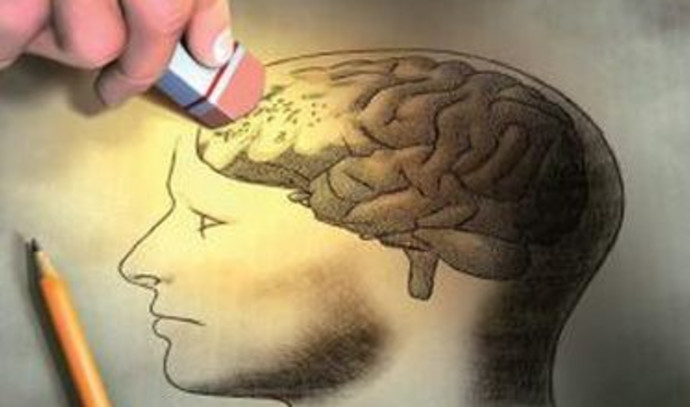A breakthrough in the study of Alzheimer’s disease that explains why the dementia occurs more seriously and faster in women than men has been led by Hebrew University (HU) of Jerusalem’s Prof. Hermona Soreq – one of the world’s leading researchers in the field of gene expression in the brain.
It has been known for a long time that in women, dementia is more and more powerful than men, but the causes of this remained unknown, they wrote. However, this does not reflect changes in the brain’s structure but in the cognitive abilities of women with Alzheimer’s who suffer from accelerated dementia and the loss of cholinergic neurons compared to males.
The discovery is an essential step on the way to finding a drug tailored to women who are ill, said Soreq, who with her HU colleagues Dana Shulman and Prof. Yonatan Loewenstein at the Edmond & Lily Safra Center for Brain Sciences and the departments of neurobiology and cognitive sciences has discovered a molecular mechanism that takes place in the brain of female Alzheimer’s patients.
It has just been published in Alzheimer’s & Dementia, the journal of the Alzheimer’s Association, under the title “Sex-specific declines in cholinergic-targeting tRNA fragments in the nucleus.”
The team said that the molecular mechanism explains the rapid deterioration of women’s cognitive metrics compared to males. “Alzheimer’s is one the main cause of dementia, and it is known that women have more severe cases that result in a faster decrease in their cognitive abilities than men,” they wrote. “This means that the decline in the functioning of women with Alzheimer’s disease does not stop in response to treatments, and the resulting side effects are more difficult compared to those in males.”
Alzheimer’s differs by gender
The study discovered for the first time that there is a direct relationship between a family of tiny RNA fragments and the rate of disease development in women. The researchers found that the reservoir of the brain’s fragments in the brain reflects a rapid development of cognitive impairment among women with Alzheimer’s, but it is not reflected in the brain structure of women. “Our study showed that the decline in the reservoir of RNA fragments in the brain brings about a speedup in the development of cognitive decline in females.”
The study showed clearly that the reservoirs of RNA fragments come from mitochondria, which are membrane-bound cell organelles that generate most of the chemical energy needed to power the cell’s biochemical reactions and are contributed by the mother.
The study put new light on the control mechanisms for the development of Alzheimer’s among women and highlights the significant differences, not only in the way the dementia develops in women and the rapid decline in cognitive indicators, but also the way the symptoms could be treated.
This is the first time in which we can provide a molecular explanation for the processes that happen in the brains of women and why the therapeutic protocol offered until now is not satisfactory. We expect it will lead to good and optimal treatment of Alzheimer’s patients and will help them and their families around the world. Since RNA-based treatments because practical after the COVID-10 pandemic, there is hope for better medical care based on them




